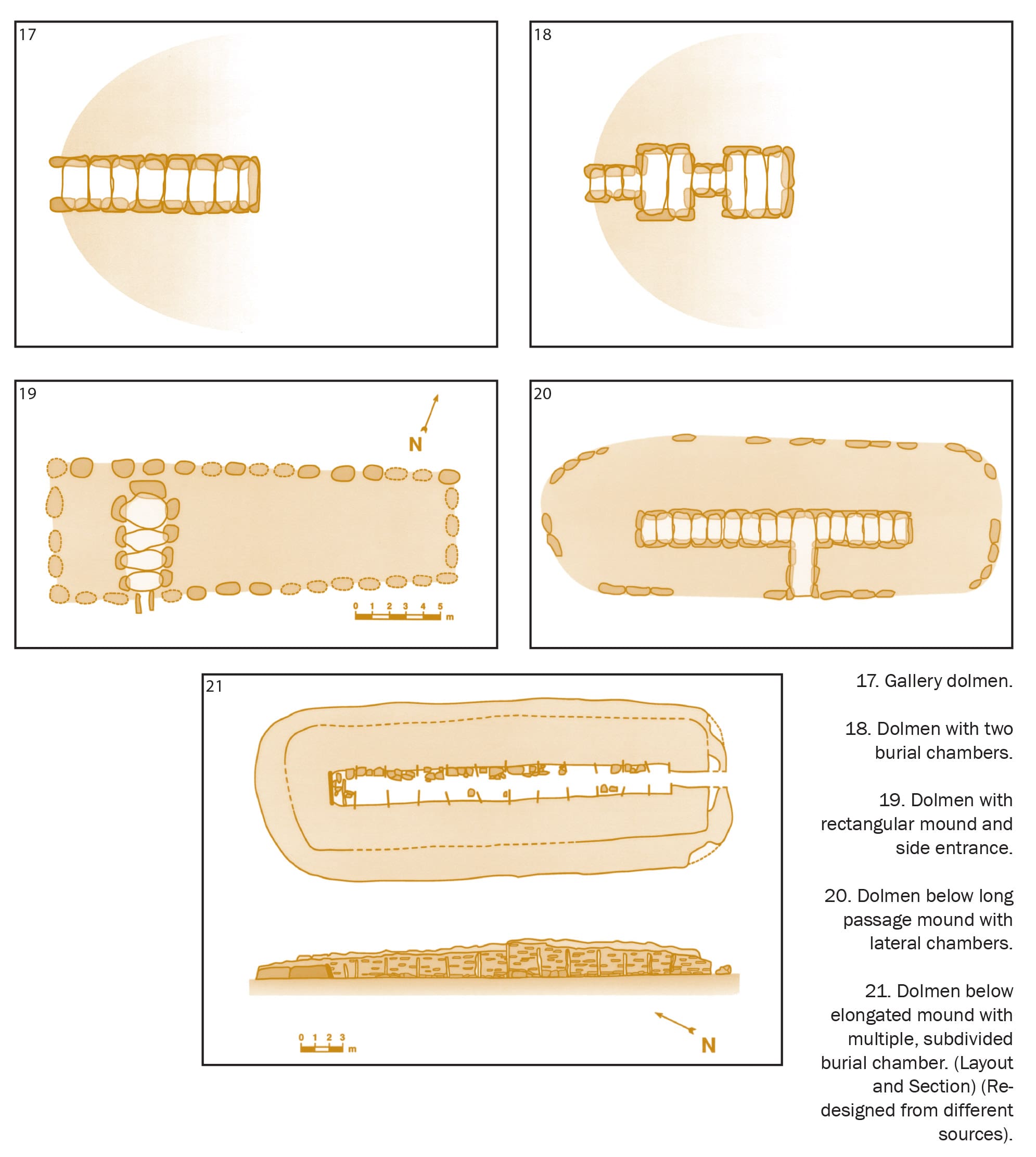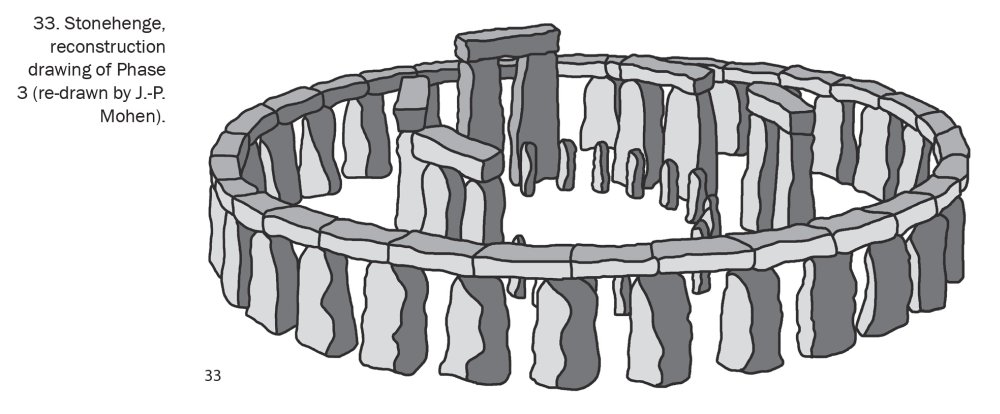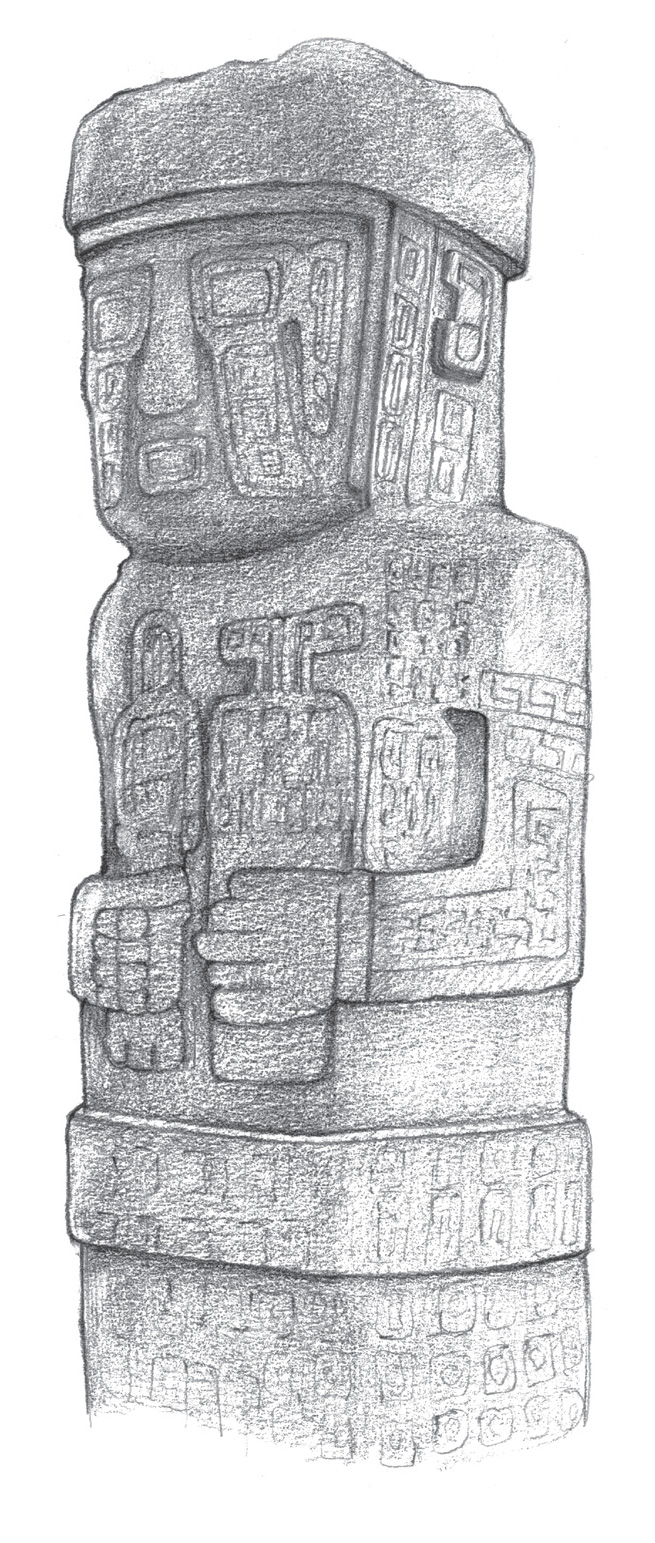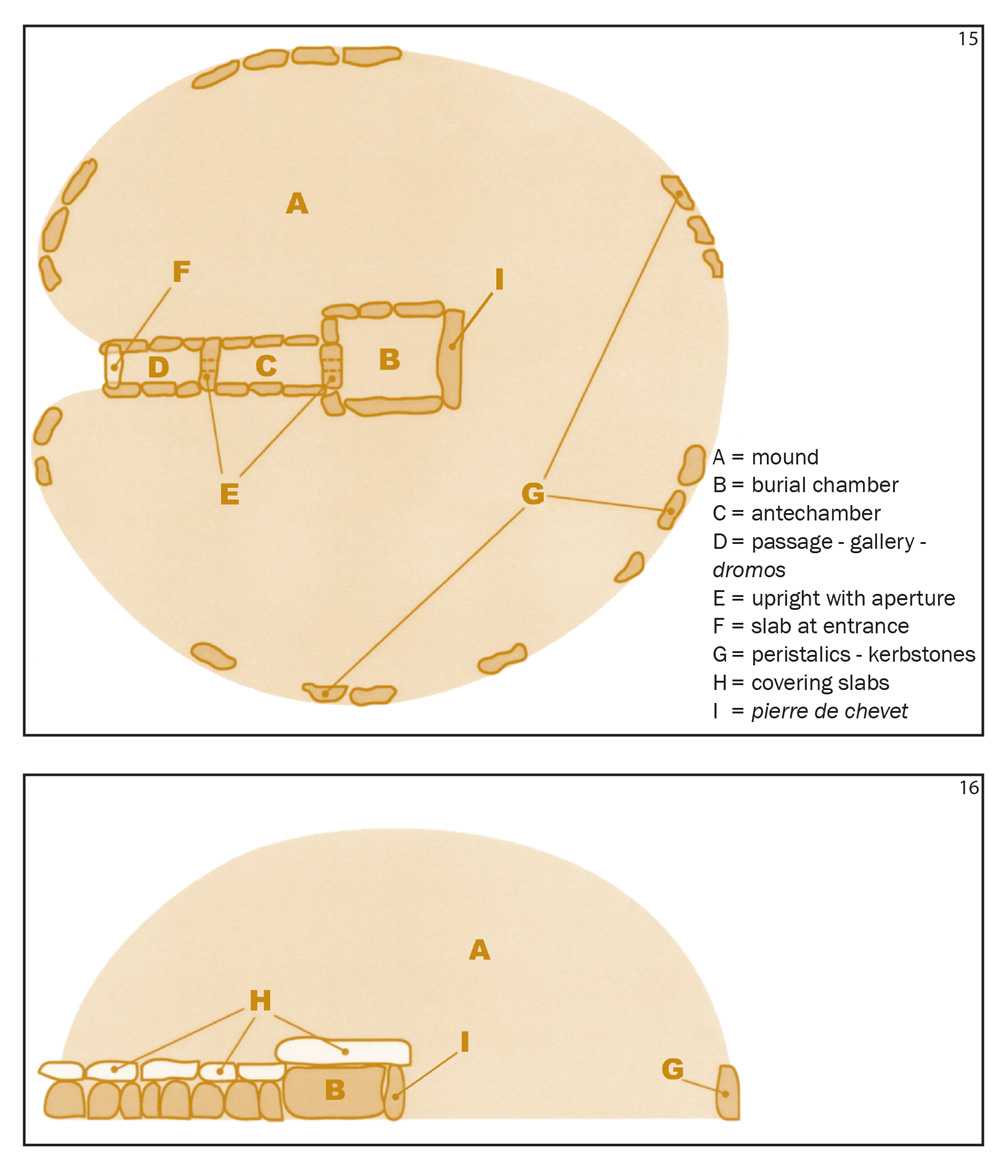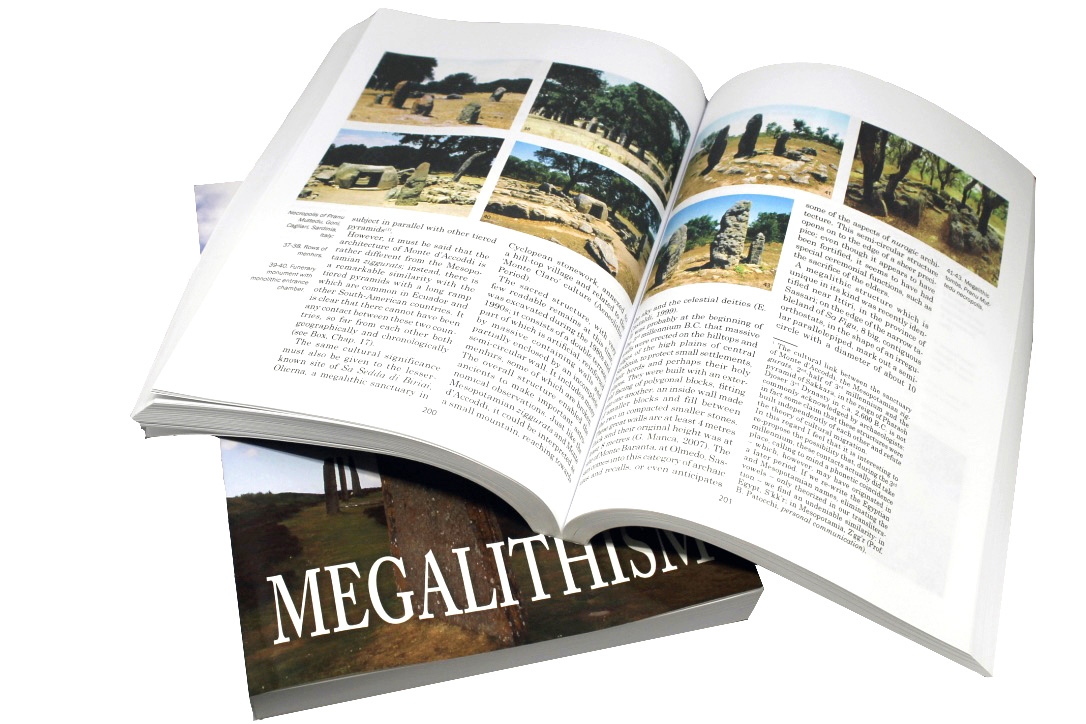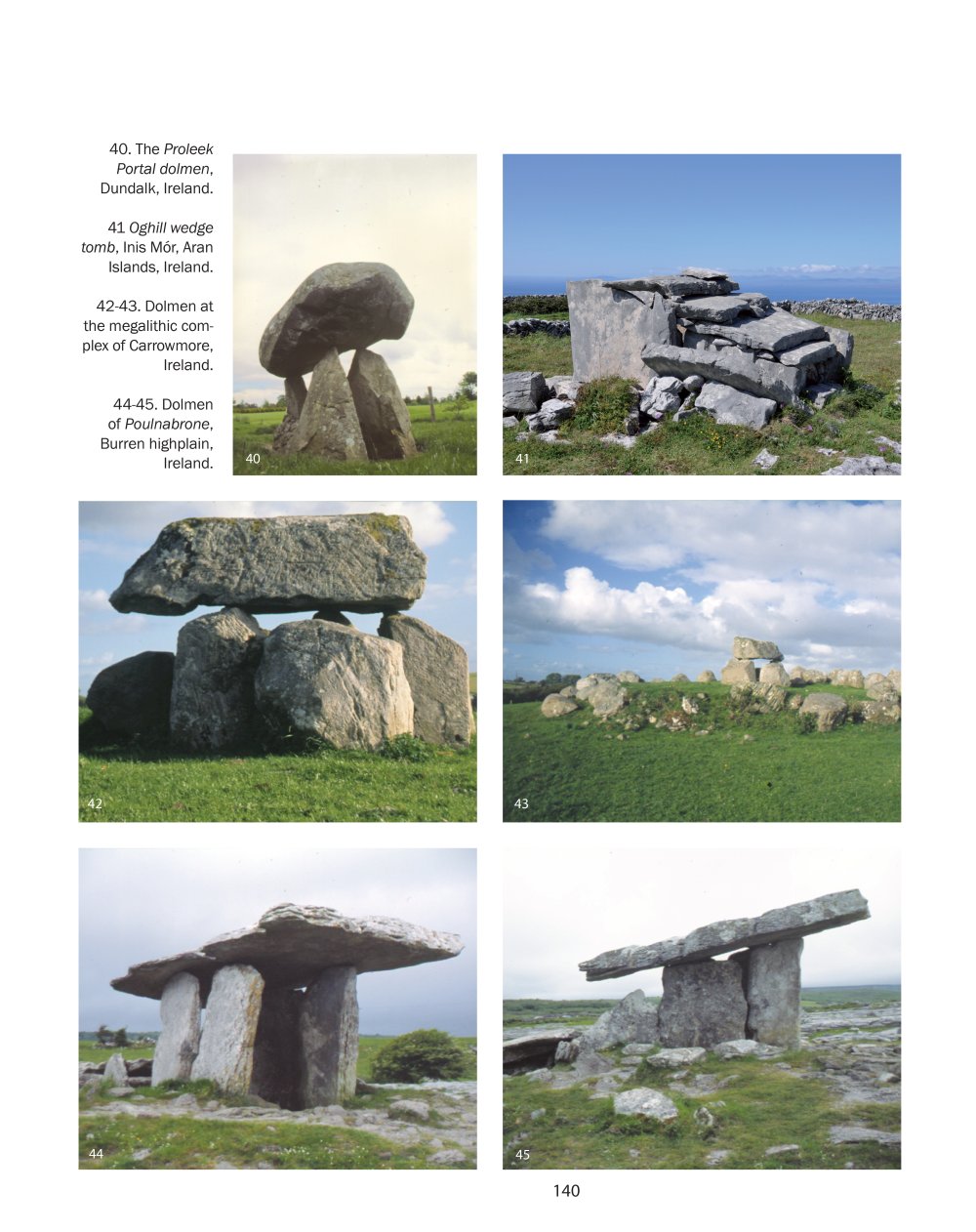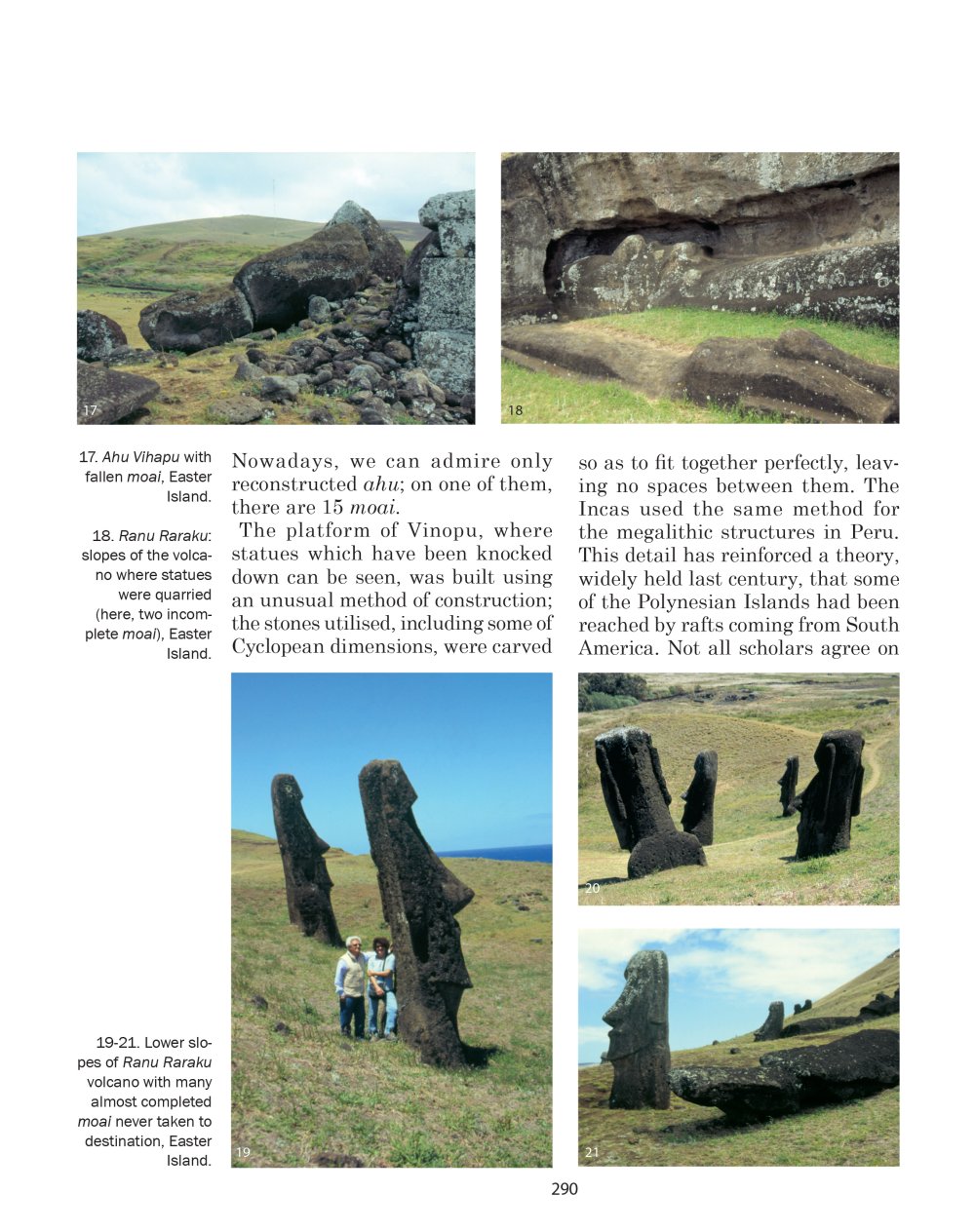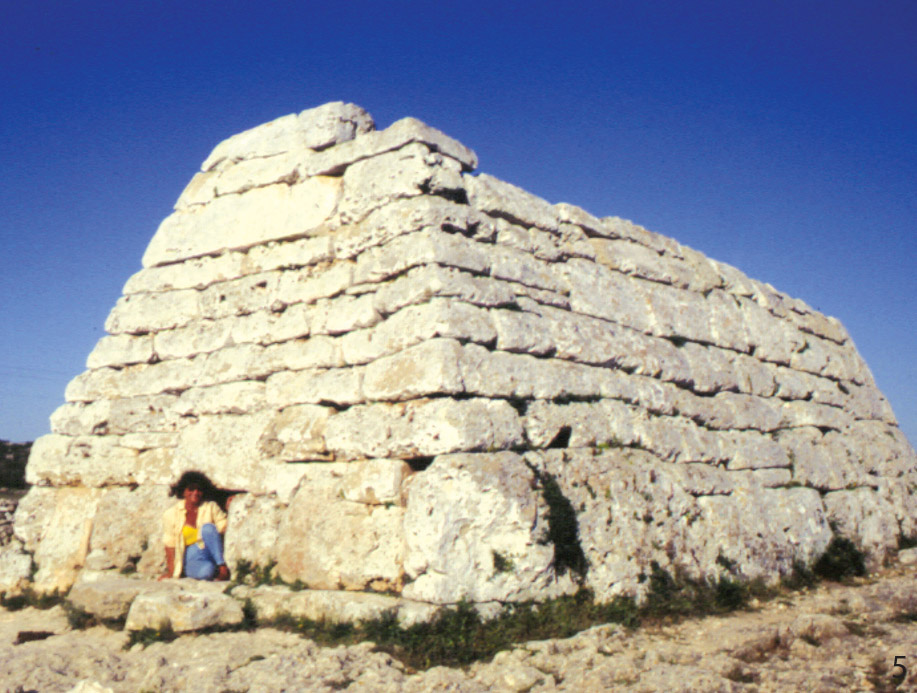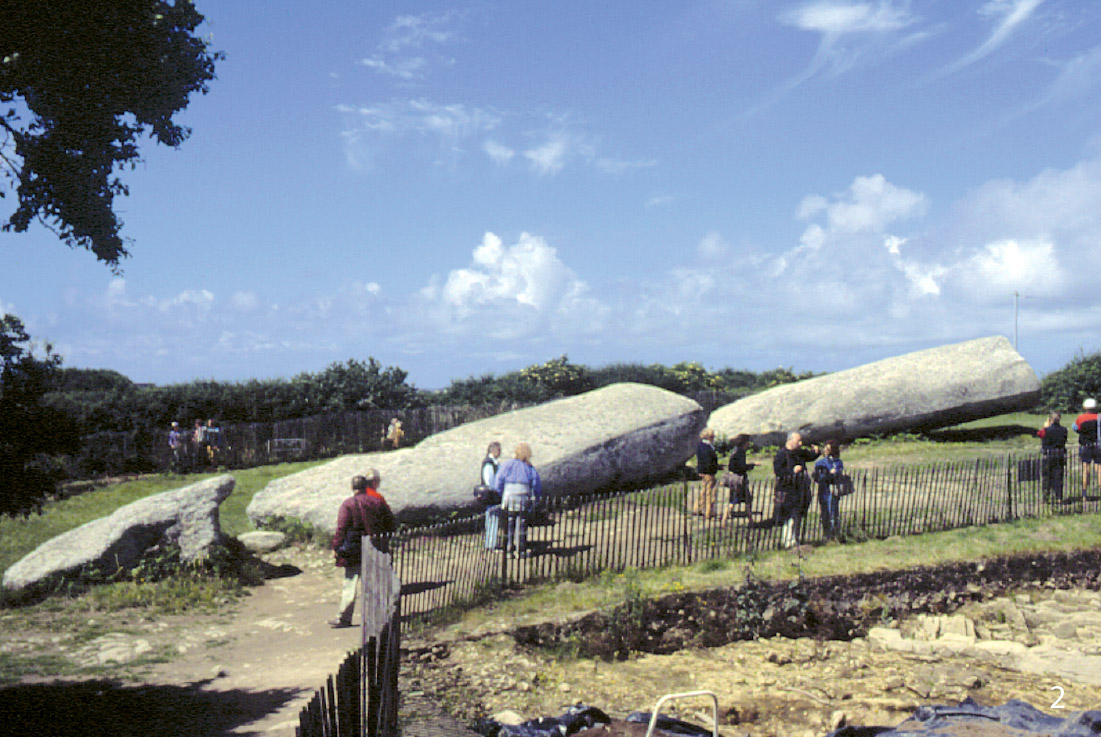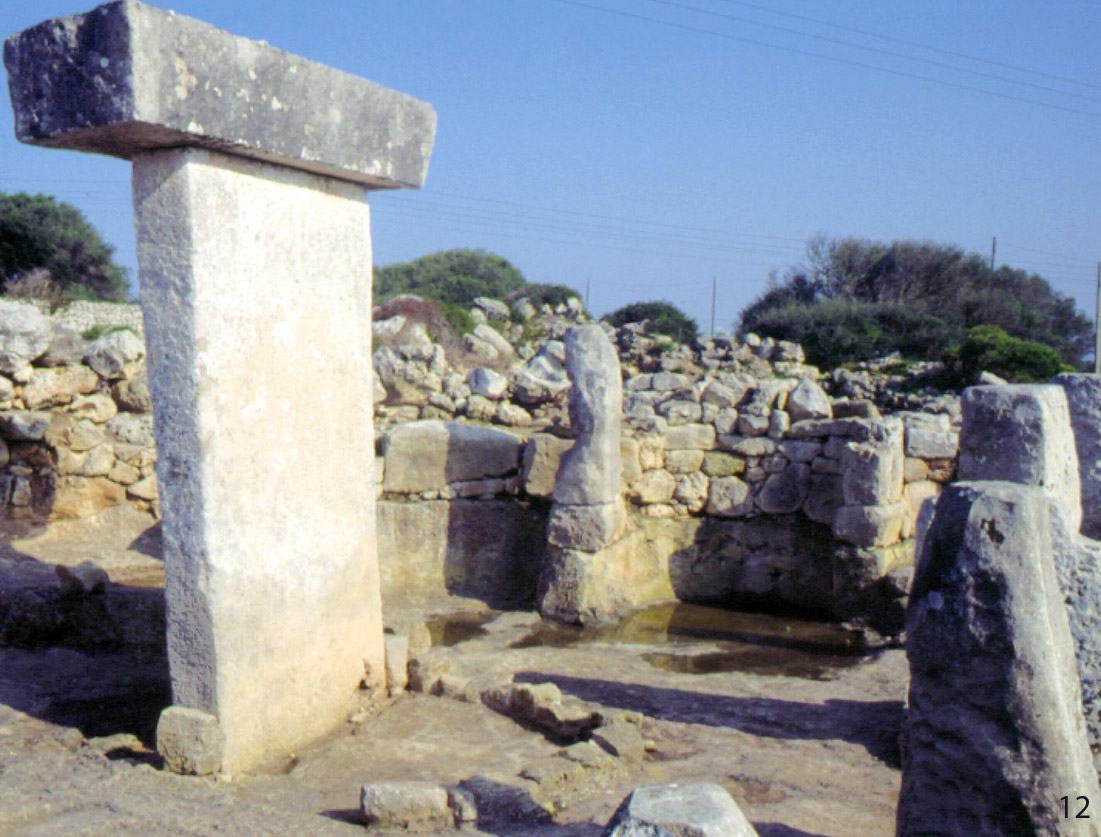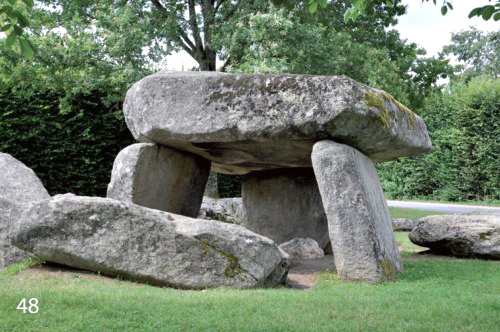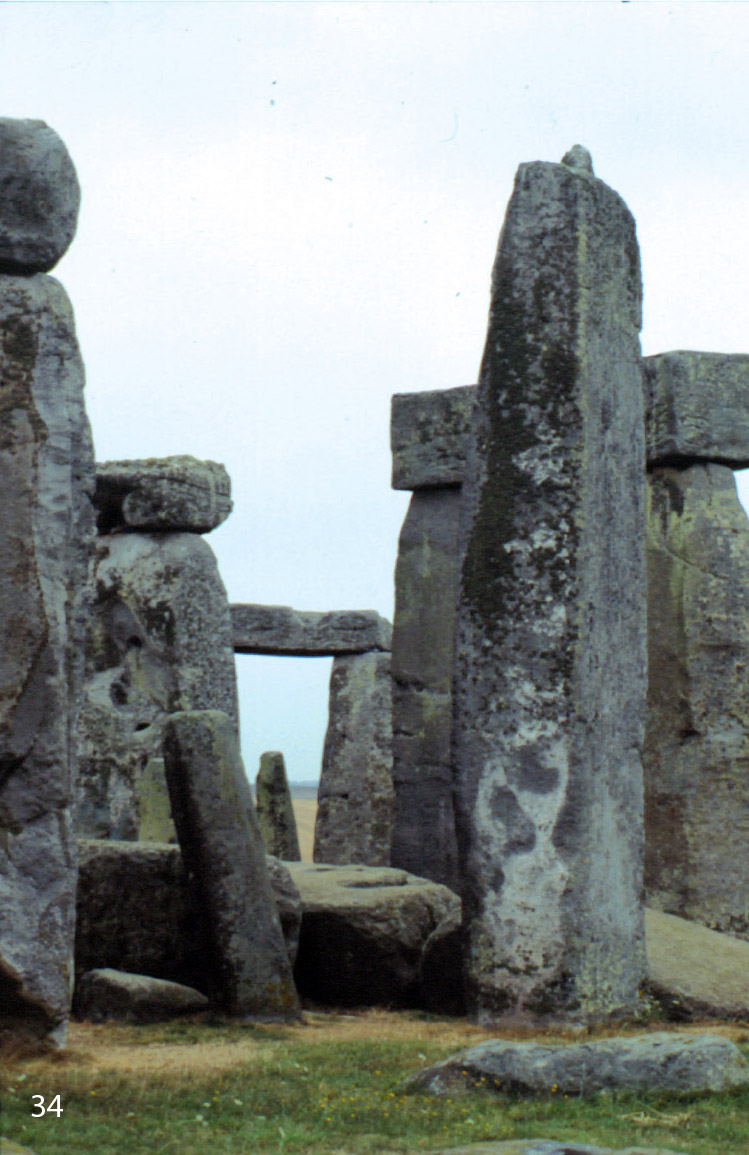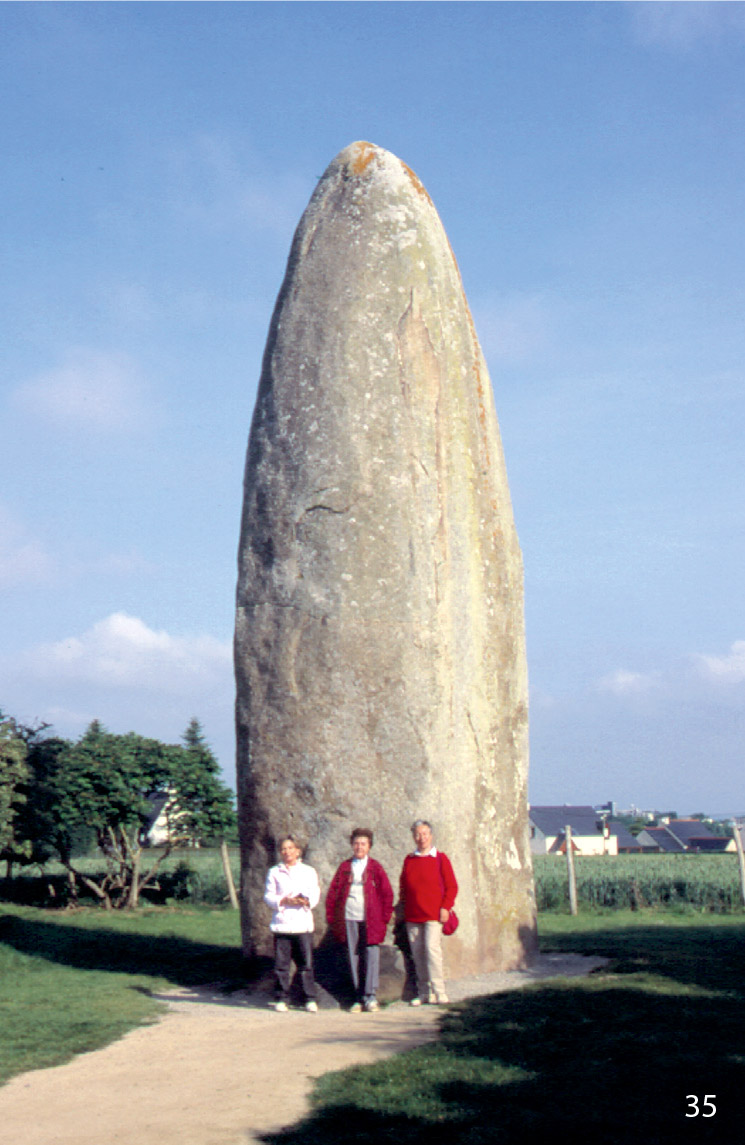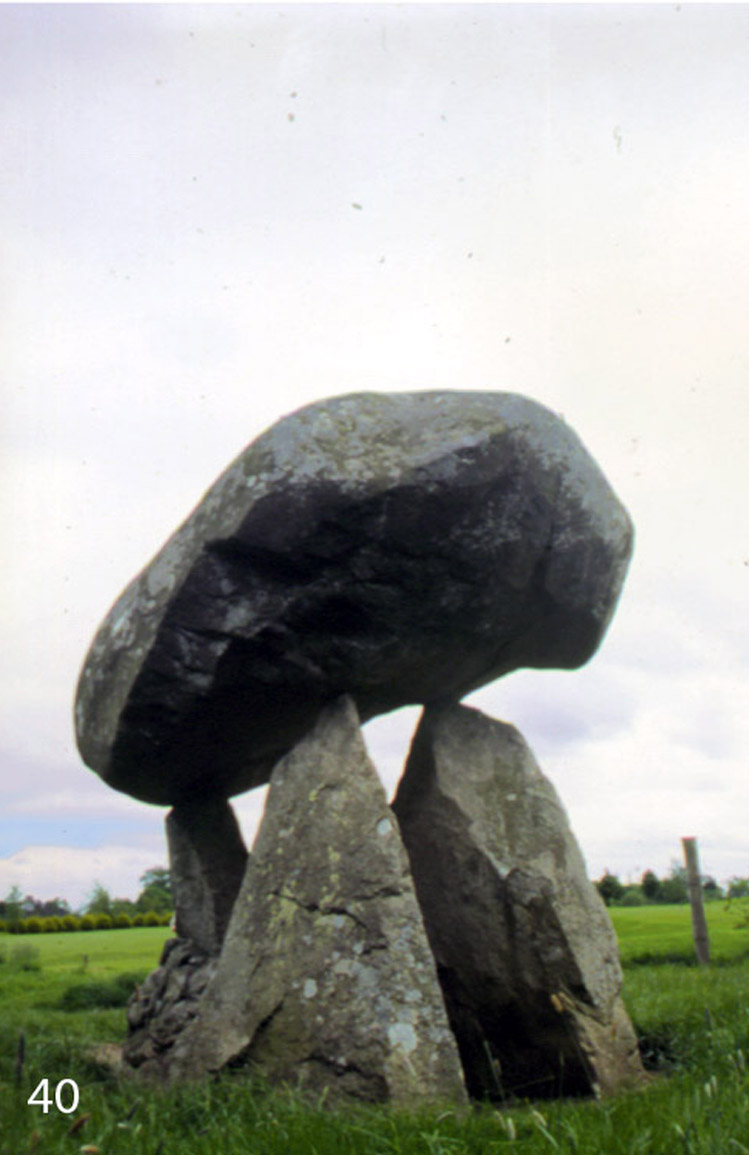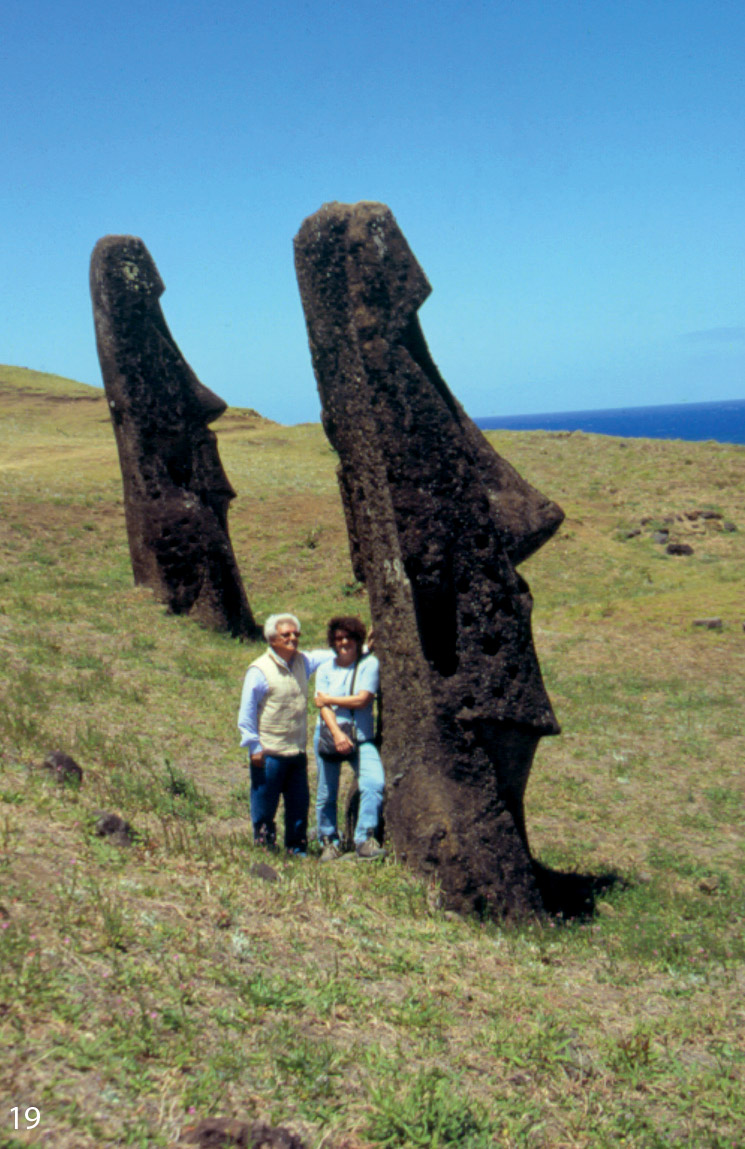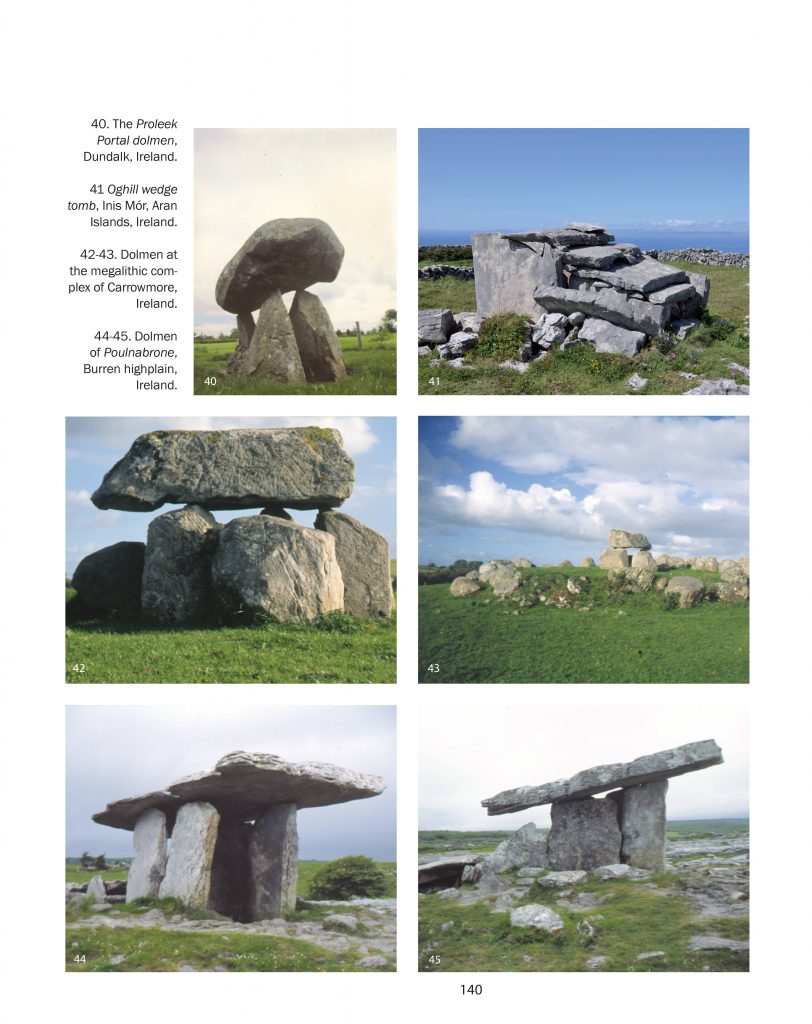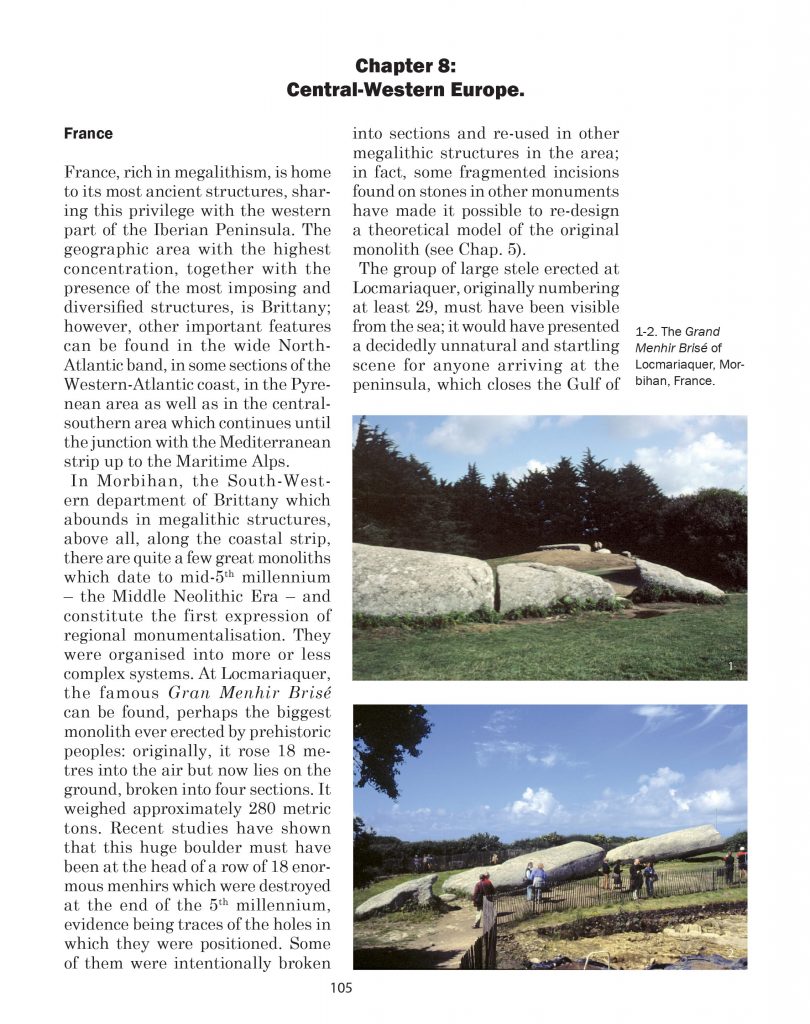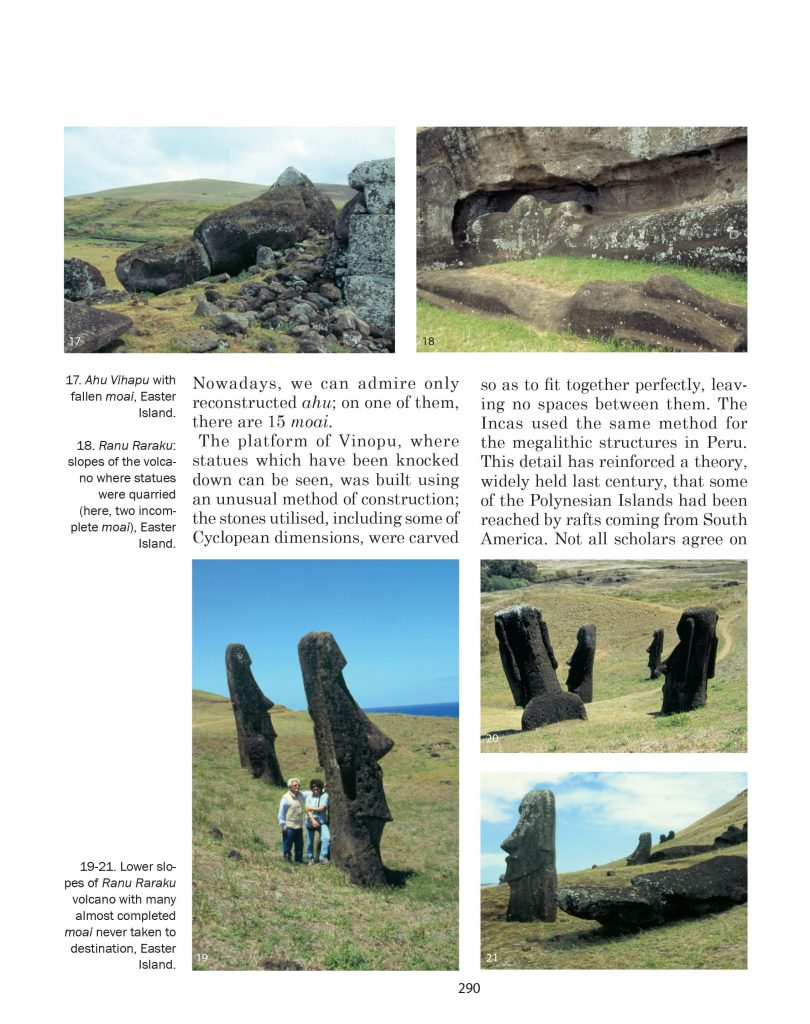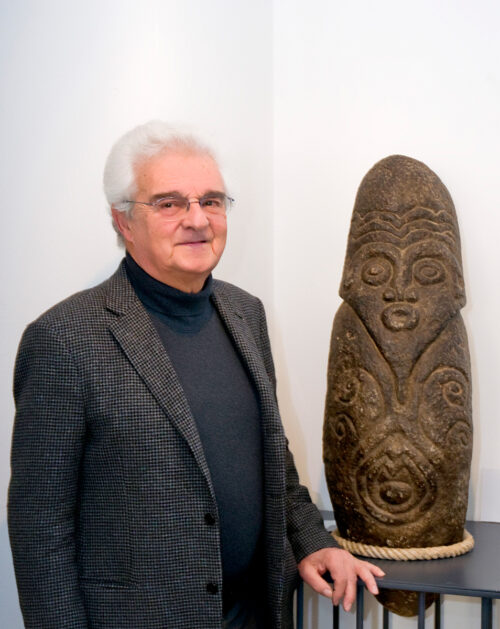Ce livre nous ramène dans le temps vers le 5e-2e millénaire av. Et nous aide à visualiser le monde de l’âge de pierre et ses constructions – menhirs, dolmens, rangées et cercles de pierres debout.
MEGALITHISM – LE LIVRE
ABSTRAIT
Il s’agit d’une synthèse de ce phénomène culturel étandu à des peuples different, né dans l’Europe Atlantique au début du V millénaire. Il se déroule au cours du Néolithique, du Chalcolithique et de l’Age du Bronz; ¸il s’est développé dans l’Europe Centrale, dans le Caucase, aux bords et aux îles méditerranéennes. dans l’Afrique du Nord et au Proche Orient. Un mégalithisme different, sans aucun lien avec l’ancienne Europe, se répand dans une partie de l’Asie, en Polynésie, dans l’Amerique Central et du Sud pendant des périodes successives même récents.
Les aspectes concernand le bâtiments sont examinés et surtout ceux qui sont liés au monde sacré, même avec des référance bibliques et à la condamnation du culte des pierre de la part du Christianisme.
Ce livre décrit aussi l’art mégalithique qui comprend des gravures et des bas-reliefs sur pierre qui composent les structures et sur les monoliths anthropomorphes.
PREMIERE 25 PAGES PDF
TÉLÉCHARGER ET LIRE LES PREMIÈRES 25 PAGES EN FORMAT PDF
Taille 6 mb
 MEGALITHISM - Sacred and Pagan Architecture in Prehistory de Alberto Pozzi
MEGALITHISM - Sacred and Pagan Architecture in Prehistory de Alberto Pozzi

